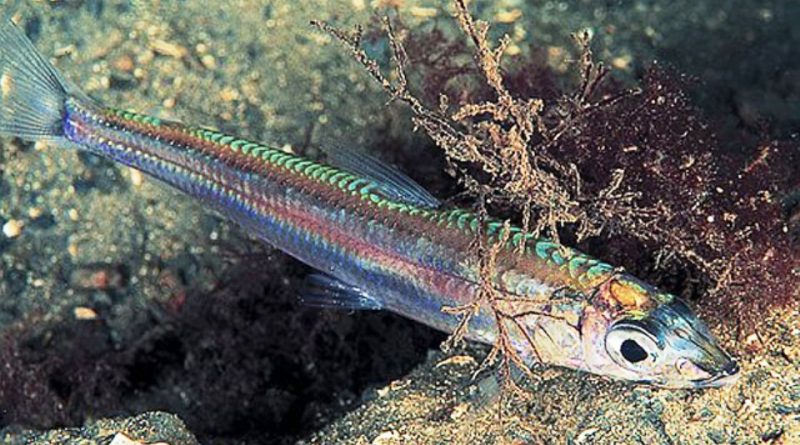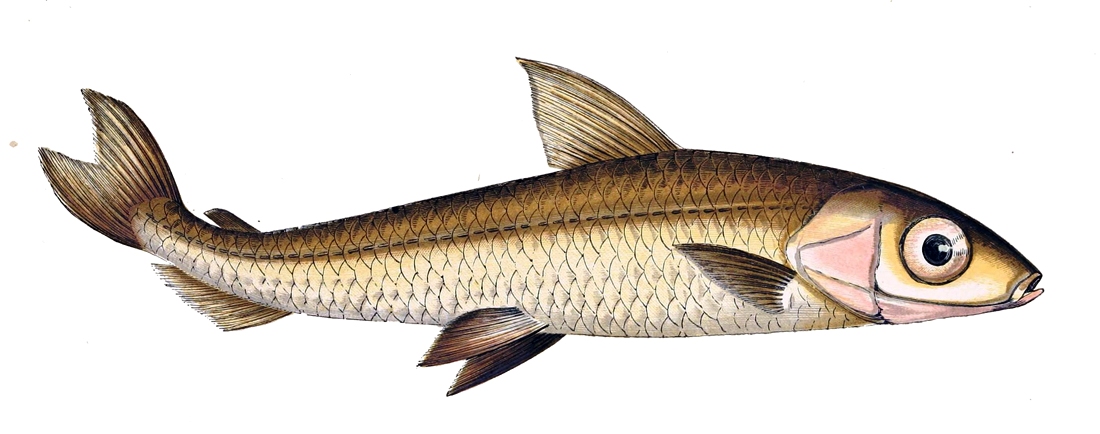Argentina sphyraena
Argentina sphyraena
Argentina (Argentina sphyraena Linnaeus, 1758) is a sea fish belonging to the Argentinidae family.
Systematics –
From a systematic point of view it belongs to:
Eukaryota Domain,
Kingdom Animalia,
Sub-kingdom Eumetazoa,
Superphylum Deuterostomia,
Phylum Chordata,
Subphylum Vertebrata,
Infraphylum Gnathostomata,
Superclass Osteichthyes,
Actinopterygii class,
Subclass Neopterygii,
Infraclasse Teleostei,
Superorder Protacanthopterygii,
Order Osmeriformes,
Argentinidae family,
Genus Argentina,
A. sphyraena species.
The terms are synonymous:
– Argentina cuvieri Valenciennes, 1848;
– hybrid Argentina (Yarrell, 1839);
– Argentina silus junior Risberg, 1835;
– Argentina Yarrelli Valenciennes, 1848;
– Goniosoma argentinum Costa, 1844;
– Osmerus hebricus Yarrell, 1839.
Geographic Distribution and Habitat –
Argentina is a fish whose presence is limited to the seas around the European continent and in the Mediterranean. It is common in the Italian seas but rare in the Adriatic, it is present throughout the western Mediterranean Sea and in the eastern Atlantic Ocean between Gibraltar and Norway. In the Strait of Messina it is often possible to see it in the summer under the light of the lamps.
Its habitat is that of muddy bottoms between 100 and 700 meters deep (but more often between 400 and 600 meters).
Description –
Argentina sphyraena is a fish with an elongated body, which can reach a length of 30 cm, on average it is around 15 cm, slightly compressed laterally, covered with slightly thorny, very deciduous scales (52 on the lateral line). It has a silver-gray color with a bright silvery lateral band (more evident in the desquamated specimens). Silver head and cap. The peritoneal membrane and swim bladder are also silver-plated on the outside.
It has a bare head, with a large round eye, small nostrils close together.
The mouth is small and devoid of teeth on the jaws. The tongue has strong and curved teeth (5-8). The spines are short and spaced apart.
The dorsal fin (9-11 rays) is inserted in the anterior half of the body, the anal (10-13 rays) is moved back up to the caudal peduncle, the caudal is forked with pointed lobes. The pectorals (12-15 rays) are as long as the ventral ones (9-12 rays), which are inserted below the end of the dorsal. A small adipose ridge present above the anal. The vertebrae are on average 49.
Biology –
Argentina is a fish that reproduces in winter by laying pelagic eggs. The reproduction period goes from February to April and the eggs, after a short pelagic phase, sink.
Ecological Role –
Argentina sphyraena feeds on decapod and copepod crustaceans, benthic molluscs and other invertebrates.
Among the similar species we remember the Glossanodon leioglossus (Argentina smooth tongue) which is very similar, but can be recognized by the smooth edge of the operculum, by the fewer palatine and lingual teeth and by the fewer rays of the pectoral fins.
Argentina sphyraena is frequently caught with bottom trawls. It has delicate meats and is a component of fried fish.
Guido Bissanti
Sources
– Wikipedia, the free encyclopedia.
– Louisy P., 2016. Guide to the identification of marine fish from Europe and the Mediterranean. Il Castello Editore, Milan.
– Nikiforos G., 2008. Mediterranean fauna. Giunti Editore, Florence.


